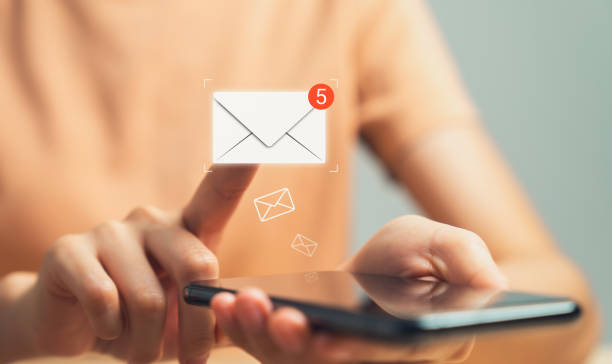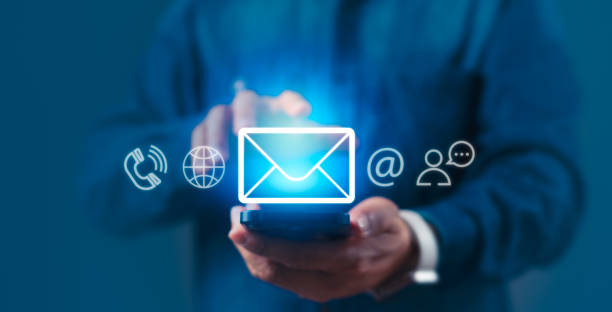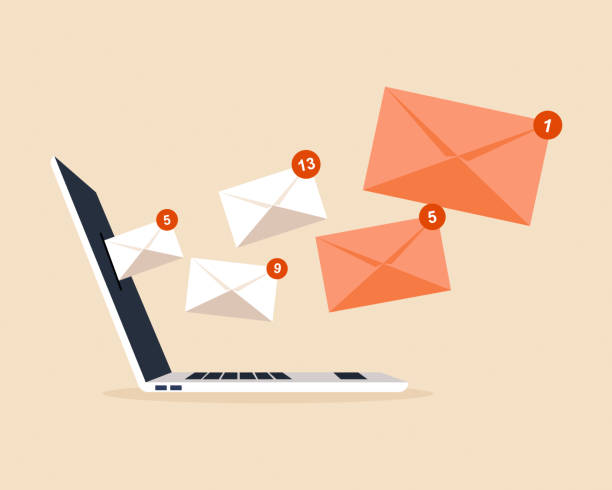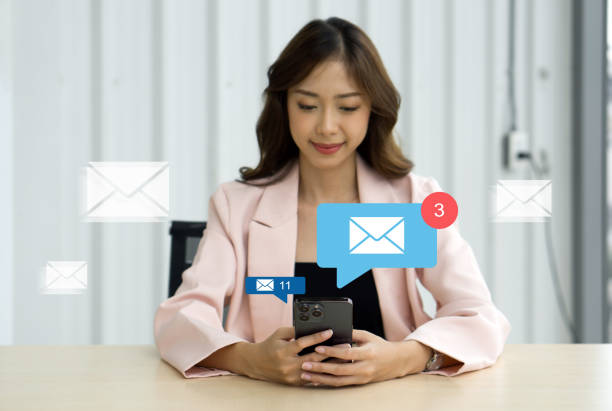Connecting with your audience in meaningful ways is more important than ever. One of the most effective methods is to personalize emails. By tailoring your messages to meet the needs and interests of your recipients, you can make them feel valued and improve engagement. This guide will help you understand how to craft personalized emails that resonate with your audience.
Why Personalization Matters in Emails
Personalized emails show your audience that you care about their preferences and needs. When people receive messages that are specifically relevant to them, they are more likely to open, read, and act on them.
Studies reveal that personalization can significantly increase email open rates, click-through rates, and conversions. It goes beyond adding the recipient’s name—it is about delivering content that aligns with their interests, behavior, or past interactions with your brand.
Understand Your Audience
Before you start creating personalized emails, it is essential to know your audience. Take time to analyze who they are and what they want.
Gather Data for Better Personalization
To effectively personalize emails, collect the right information about your subscribers. Use:
- Sign-up forms: Ask for relevant details such as name, location, or preferences.
- Purchase history: Understand what your customers buy and how often.
- Behavioral data: Analyze how they interact with your website, products, or services.
The more data you have, the easier it is to craft messages that resonate.
Segment Your Email List: Personalize Emails
Segmentation is dividing your email list into smaller groups based on shared characteristics. This step is crucial for sending relevant content to the right people.
How to Segment Effectively
- Demographics: Group subscribers by age, location, or gender.
- Interests: Use survey results or browsing history to understand preferences.
- Engagement Levels: Identify highly engaged users versus those who may need re-engagement.
By segmenting your list, you can send emails that speak directly to each group’s needs and desires.
Craft Personalized Subject Lines: Personalize Emails
The subject line is the first thing your recipient sees. A personalized subject line can grab attention immediately.
Tips for Writing Better Subject Lines
- Include the recipient’s name when appropriate.
- Mention something specific about their interests or past interactions.
- Keep it short and engaging, around 50 characters.
For example, instead of a generic “Check Out Our New Offers,” try “Sarah, Here Are Deals You Will Love This Week.”

Use Dynamic Content in Your Personalize Emails
Dynamic content allows you to change parts of your email based on the recipient’s details. This technique makes your emails feel even more personal.
Examples of Dynamic Content
- Product Recommendations: Suggest items based on past purchases.
- Location-Specific Updates: Share offers or events happening nearby.
- Behavior-Driven Messages: Send a reminder about items left in a shopping cart.
Dynamic content makes each email feel like it was written just for the recipient.
Write Engaging and Personalized Email Copy
The body of your email should continue the personalization started in the subject line. Use a conversational tone to connect with your readers.
Best Practices for Writing Email Copy: Personalize Emails
- Address the recipient by name.
- Reference their previous purchases or interactions.
- Provide helpful and relevant content.
For example, if someone recently bought a book, you could suggest similar titles they might enjoy.
Include a Call-to-Action That Feels Personal: Personalize Emails
A call-to-action (CTA) guides your recipient toward the next step. Personalizing your CTA can make it more compelling.
Tips for Effective CTAs
- Use language that speaks directly to the recipient.
- Tie the CTA to their interests or goals.
- Keep it clear and easy to follow.
Instead of a generic “Learn More,” you could use “Find Your Perfect Solution Today.”

Leverage Automation for Personalization
Email automation tools make it easier to send personalized messages at scale. These tools can automatically insert names, recommend products, or send timely follow-ups.
Automated Email Examples
- Welcome Emails: Greet new subscribers with a tailored message.
- Birthday Emails: Offer special discounts on their special day.
- Re-engagement Campaigns: Reach out to inactive subscribers with personalized offers.
Automation ensures that every subscriber receives the right message at the right time.
Test and Improve Your Personalize Emails
Testing is a key part of creating successful personalized emails. By analyzing what works and what does not, you can refine your approach over time.
What to Test in Your Personalize Emails
- Subject lines
- Email copy length and tone
- Placement and wording of CTAs
Use A/B testing to compare different versions of your email and determine which performs better.
Avoid Common Mistakes in Email Personalization
While personalization can improve engagement, mistakes can hurt your efforts.
Common Pitfalls to Watch For
- Overpersonalization: Adding too much detail can feel intrusive.
- Generic Messages: Avoid sending the same email to everyone.
- Errors in Data: Ensure the information you use is accurate and up-to-date.
Carefully review your emails before sending them to avoid these issues.

Measure Your Success: Personalize Emails
After implementing personalization, track your results to see how well your emails are performing.
Key Metrics to Monitor
- Open Rates: Measure how many people are opening your emails.
- Click-Through Rates: Track the number of recipients clicking your links.
- Conversion Rates: See how many take the desired action.
Regularly reviewing these metrics helps you understand what is working and where you can improve.
Conclusion: Building Stronger Connections with Personalized Emails
Personalizing emails is an effective way to connect with your audience and encourage engagement. By understanding your subscribers, segmenting your list, crafting engaging content, and using automation, you can create messages that truly resonate.
Take the time to review your approach, test your emails, and learn from the results. When done correctly, personalized emails can build trust, foster loyalty, and drive meaningful interactions.








